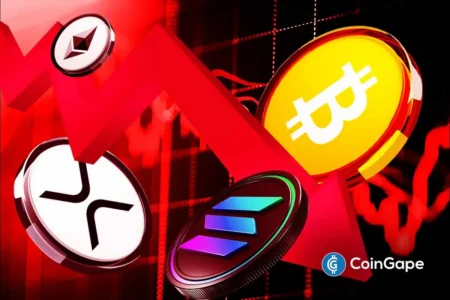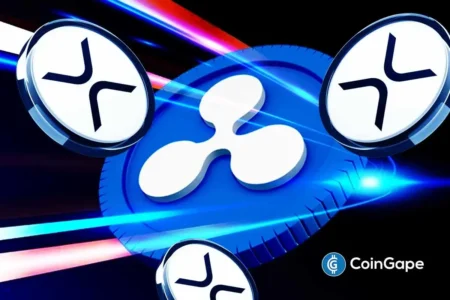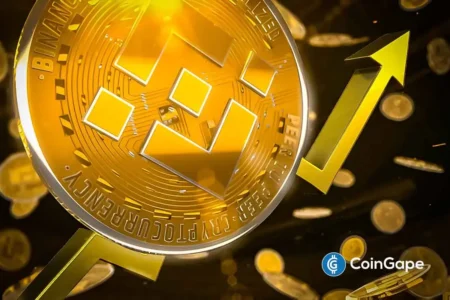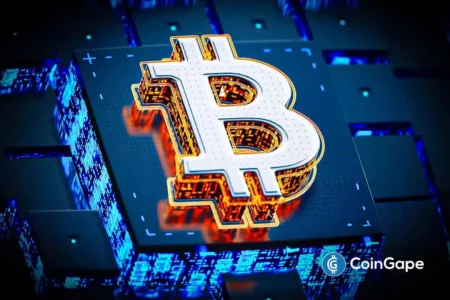The Future of Cross-Border Transactions: How Stablecoins Can Revolutionize India’s Financial Landscape
India’s position as a leader in digital payments is transforming the way global finance operates. However, despite this remarkable advancement, the inefficiency of cross-border transactions still hampers progress. Traditional remittance channels and trade payments remain reliant on slow and costly frameworks. Enter stablecoins—digital tokens linked to fiat currencies and released on public blockchains, which promise to become the breakthrough needed for India’s financial ecosystem.
Stablecoins are not merely a passing trend; they represent a game-changing, low-cost alternative to existing banking infrastructure. With Indian remittances hitting an astonishing $135.46 billion in FY2024-25—an increase of 14%—the case for adopting stablecoins is more compelling than ever. Their potential benefits for both Indian citizens and businesses are immense, with estimates suggesting annual savings exceeding ₹5.7 lakh crore ($600 billion) if the country shifts to stablecoin-based settlement systems. These digital currencies promise reduced transaction costs, real-time settlements, fewer intermediaries, and improved transparency.
Cost Savings through Remittances
The high costs associated with traditional remittance channels significantly impact the financial landscape. Typically, traditional methods charge an average fee of 3.8%. For an estimated $125 billion in remittances sent to India, that translates to nearly ₹3.95 lakh crore in fees annually. By transitioning to stablecoins, these fees could plummet to under ₹82,000 crore, paving the way for millions of Indians to keep more of their hard-earned money.
Enhancing Trade Efficiency
In addition to remittances, stablecoins can drastically improve the efficiency of trade payments. As India navigates trade flows exceeding $1.6 trillion, the integration of stablecoins can streamline foreign exchange conversions and compliance processes. This could enable the unlocking of over ₹2.5 lakh crore in savings, providing further evidence of the transformative power of this digital currency.
Operational Cost Reduction
Another vital advantage of stablecoins lies in their operational capabilities. The use of automated smart contracts simplifies numerous legacy overhead processes, such as SWIFT messaging and reconciliation. This operational streamlining can reduce backend costs by as much as 27%, allowing businesses to allocate resources more effectively and to focus on growth rather than administrative burdens.
Increased Liquidity and Speed
One of the hallmarks of stablecoins is their ability to facilitate transactions around the clock. Unlike traditional banking systems, which typically operate on strict business hours, stablecoin networks are available 24/7. This leads to a significant decrease in settlement times, with finality improving from several days to under a minute. Rapid transactions enhance liquidity and ensure businesses can operate globally without delays.
Price Efficiency and Onboarding Potential
Stablecoin networks also provide superior price efficiency. Modern FX rails show less than 5 basis points deviation from interbank rates, minimizing slippage and optimizing transaction costs. Furthermore, the potential integration of stablecoins with platforms like UPI and ONDC means that consumers and micro, small, and medium enterprises (MSMEs) could transact seamlessly, bridging the divide between on-chain and off-chain economies.
A Strategic Move for an INR-Denominated Stablecoin
Global stablecoin settlement volumes surpassed $7 trillion in 2023, gaining traction in regions like Asia, the Middle East, and Latin America. As countries explore new digital currency corridors, India has the opportunity to not just join the movement but lead it. Supporting a compliant INR-denominated stablecoin could boost offshore demand for INR, enabling low-cost instant international transactions, expanding India’s monetary influence in emerging markets, and strengthening treasury reserves through foreign-held INR digital assets.
The advent of stablecoins signifies a revolution in cross-border money movement. With appropriate regulatory support and private-sector innovation, India can unlock billions in savings and define the future contours of global finance. In adopting stablecoins as a standard for transactions, India can take a giant leap forward—not just for itself but for the financial systems of emerging markets worldwide.
Disclaimer: This article reflects the author’s opinions. Readers should conduct their own market research before investing in cryptocurrencies, as the author or the publication assumes no responsibility for any personal financial losses.
















